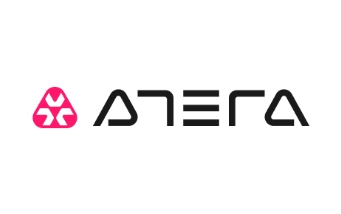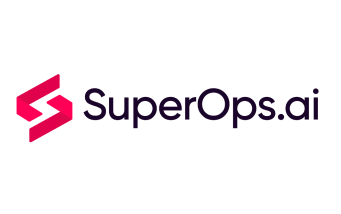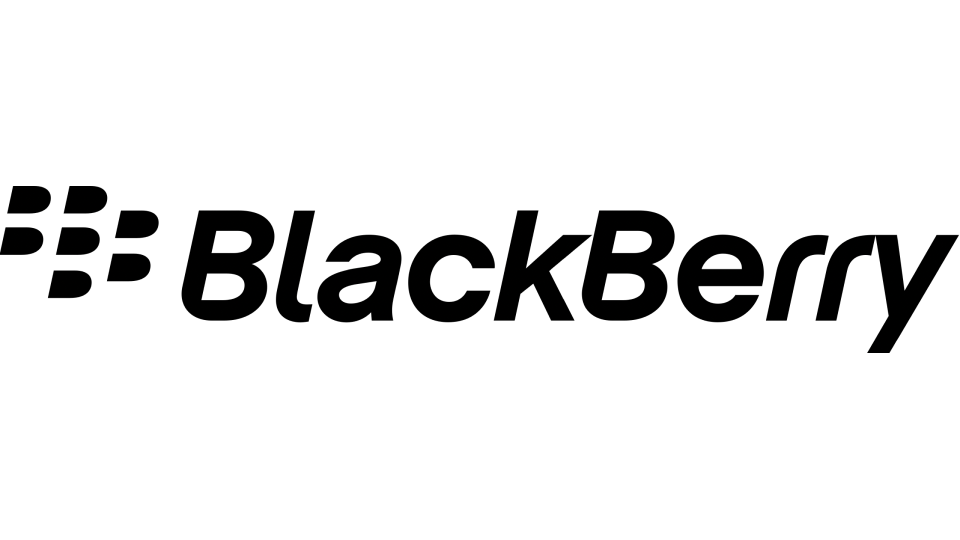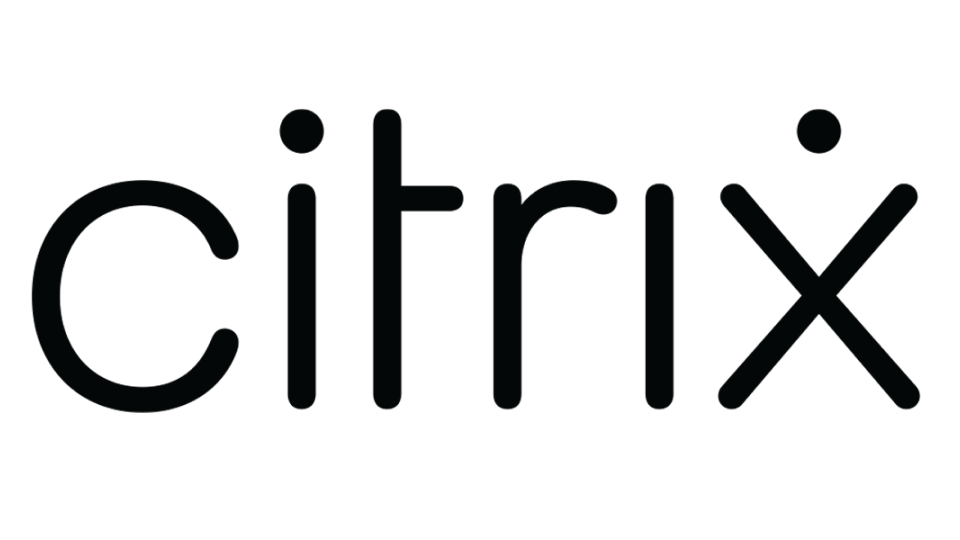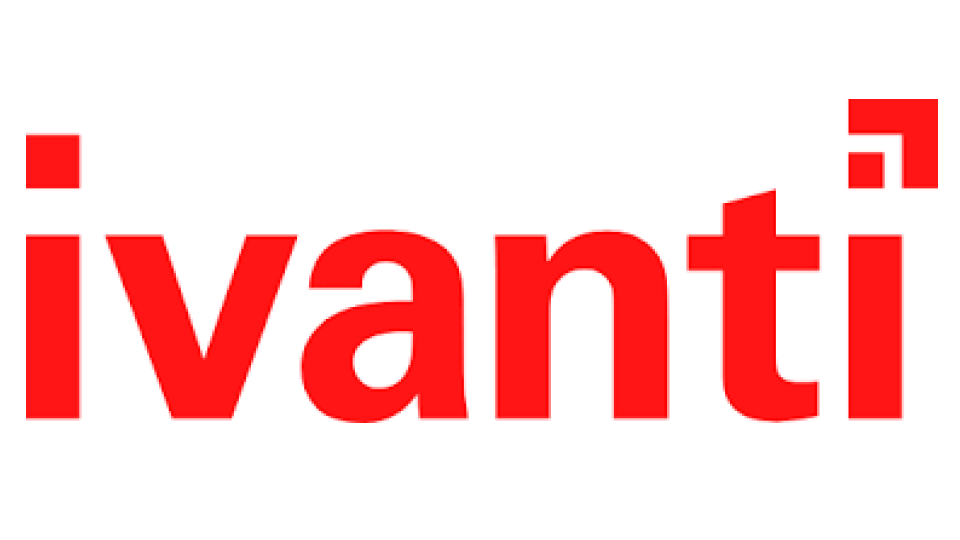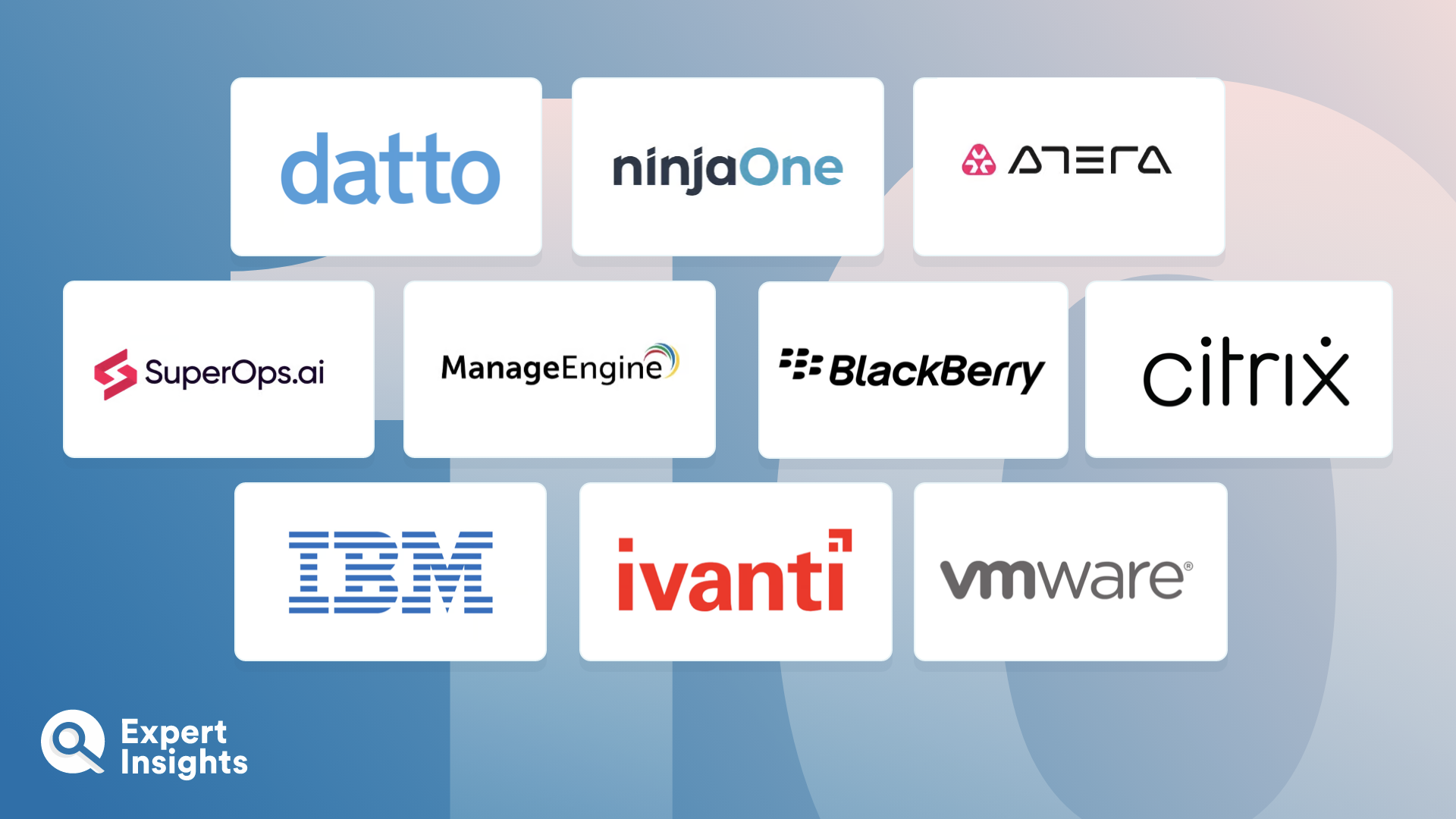Unified Endpoint Management (UEM): Everything You Need To Know
What Is A UEM Solution?
Unified endpoint management (UEM) tools enable IT teams to monitor and manage all the endpoints connected to their network, and all the applications installed on those endpoints. They can also be used by MSPs to manage their clients’ devices.
To really understand what UEM is, we first need to take a look at its predecessors in the endpoint management space: mobile device management (MDM), enterprise mobility management (EMM), and client management tools (CMT).
MDM solutions allow IT workers to configure usage and security policies for the mobile devices connected to their network. This makes them particularly popular among organizations with a remote workforce. However, MDM solutions don’t support the management of on-prem devices, meaning that IT teams with hybrid or office-based employees must juggle two separate management tools for on-site and off-site endpoints. Additionally, traditional MDM solutions don’t support a BYOD culture as employees can’t switch easily between using personal and work applications on their device.
EMM is an evolution of MDM that focuses on managing the applications installed on each endpoint. It solves the BYOD problem by using containers to segment work and personal apps stored on a mobile device. This means that admins can manage and secure workplace apps, without encroaching on the user’s privacy by meddling with their personal apps, too.
CMTs enable IT teams to automate administrative tasks such as deploying operating systems, distributing software, and administering patches across a network of client devices.
UEM tools combine the features from each of these other tools. They provide comprehensive visibility into all your endpoints—not just the mobile devices. This enables admins to carry out administrative tasks on those endpoints, monitor their health and usage, and secure application usage across BYOD devices.
What Features Should You Look For In A UEM Solution?
Because UEM tools combine features from MDM, EMM, and CMT tools, there are a variety of solutions on the market that all offer different specialized feature sets. However, there are some features that all united endpoint management solutions should offer:
- Device management: The device management console should be centralized, enabling you to monitor, manage, and troubleshoot endpoints for managed devices from anywhere, at any time. From this console, should be able to view all the managed devices on your network, distribute software, configure role-based conditional access, administer patches and updates, and generate reports on compliance, device health, and system alerts. You should be able to do this for remote devices also, including mobile content management.
- Application controls: You should be able to distribute applications either via automatic rollouts or via an app-store experience, as well as create allow/deny lists of applications to prevent users from accidentally installing malicious software. You should also be able to containerize the applications running on personal devices, enabling you to manage workplace apps whilst maintaining users’ privacy within their personal apps.
- Device compatibility: Your chosen solution should support all the different types of endpoints and operating system connected to your network. Usually, that will include Windows, Mac, and Linux desktop and laptops, Chrome, iOS and Android smartphones or tablets, and IoT devices such as printers.
- Integrations: For easier deployment and patch management, your chosen solution should integrate with any other endpoint management tools you have, as well as your user directory and workplace productivity suite (e.g., Microsoft 365 or Google Workspace). It should also offer integrations with the third-party security tools that you’re using to protect your endpoints, such as antivirus, VPN/ZTNA, and IAM tools.
- In-built features for security: Some UEM tools come with security features built in. This might include role-based multi-factor authentication to ensure only verified users are accessing the network; a VPN or ZTNA that ensures remote connections are secure; and email security or malware scanning that ensures only trusted, safe documents can be opened on the device. The solution may also offer remote device wipe/lock, automatic device lockdown after a period of inactivity, and remote peripheral setting adjustment.
UEM Vs. RMM: What’s The Difference?
Remote monitoring and management (RMM) software enables managed service providers (MSPs) to monitor, manage, and troubleshoot their clients’ networks without having to visit those clients in person. This allows MSPs to troubleshoot and remediate issues across their clients’ network much more quickly and efficiently, which in turn leads to reduced downtime, increased security and productivity, and higher client satisfaction.
RMM tools often offer powerful automation that make it easier for MSPs to deal with repetitive administrative tasks, such as running self-healing scripts and administering patches. This makes them popular amongst MSPs that have a large client base, or whose clients are using numerous different applications and operating systems—all of which need to be continuously monitored for updates—as it allows them to make these updates easily and focus on more complex issues.
RMM and UEM solutions do offer some overlapping features, such as endpoint health monitoring and the ability to administer patches or updates, but they are designed for two different purposes. RMM solutions can be used to monitor client networks, remediate security issues, and provide help desk services to clients. UEM solutions can be used to apply consistent policies across endpoints, deploy software, and monitor device health.
Why Do You Need Endpoint Management?
Around 58% of organizations around the world currently have workforces who “telework”, or work from home – a number that has hugely increased over the course of the past year. The COVID-19 pandemic acted as a major catalyst for remote working, as governments around the world instructed people to stay at home to combat the spread of the virus. This meant that many organizations suddenly had to provision their employees to work from home, at very short notice.
Unfortunately, the speed of this change often meant sacrificing security in the name of productivity. This was largely because many organizations were unable to provision corporate devices to each employee, instead implementing a “bring-your-own-device (BYOD) culture. Although this enables employee flexibility, BYOD can introduce a whole range of security issues; not least that it’s more difficult to keep track of which devices are actually connected to your network!
Personal cell phones, laptops and tablets are much less secure than corporate-issued devices; they generally aren’t secured with MFA or a password manager, for example, and are less likely to encrypt stored data, connect to the network via a VPN, or have antivirus software installed on them. This means that they make much easier targets for bad actors trying to access your corporate data. Think of it this way: each of your organization’s endpoints is a doorway that opens into your corporate data kingdom. If an endpoint is properly managed and secured, that door is locked and bolted; if not, it’s swinging on one hinge. Because of this, personal devices are twice as likely to become infected with malware than their corporate counterparts.
UEM solutions provide a centralized view of all of the endpoints connected to your network, as well as enabling you to centrally and remotely manage all of those endpoints without having to compile data from on-site and off-site device management tools; the UEM solution covers them all.
UEM also makes it easier for you to monitor device use and health, including vulnerabilities that need patching, OS updates and software or application updates that need to be deployed. Combined, these features enable you to provide a baseline level of security and threat monitoring across your endpoints, even for personal mobile devices.
Some UEM solutions even include a variety of in-built security functions that enable you to protect your endpoints against malware, viruses and malicious applications.






